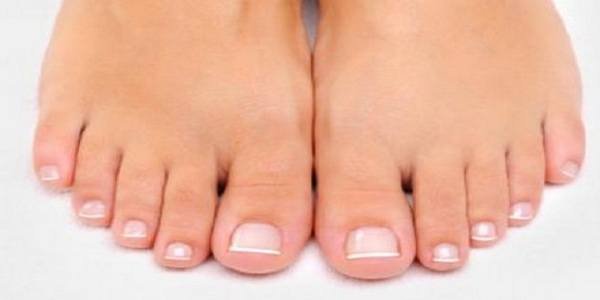Ingrown toenails

Description
Ingrown toenails is a painful condition that most commonly affects the toenail. The condition is also called onychocryptosis or unguis incarnatus and occurs when a pointed end of the nail begins to grow on the side or end inside the skin of the finger.
Initial site of growth becomes painful and inflamed. Subsequently, the inflamed area may begin to grow additional tissue or ooze a yellowish fluid.
If left untreated, an ingrown toenail can progress to an infection or even an abscess that requires surgical treatment. Osteomyelitis is a rare complication of the affected finger where the bone becomes infected.
Ingrown toenails are a common condition in adults and adolescents, but are more common in infants and children. Men are usually affected. Young people between the ages of 20 and 30 are most at risk.
Any toenail can start growing into the skin, but the condition usually develops in the big toe.
What are the symptoms?
The most common signs and symptoms are pain, redness and swelling at the end of the nail of the finger.
• At the very beginning of the nail growth, the tip of the finger becomes red and painful and a slight swelling is observed. At this time, there is no pus or fluid leaking from the affected area. The area may be tender to the touch, but you will not have a fever.
• Subsequently, additional skin and tissue begins to grow around the pointed end of the nail. A yellowish discharge may then begin to ooze. This is the body’s reaction to the skin irritation caused by the pointed nail. An infection does not necessarily develop.
• But sometimes an infection also develops. In this case, the swelling increases and a white or yellowish discharge begins to flow from the swelling site. Around the site of the growth the skin is usually lighter than the rest, but it is possible that it becomes red in case of inflammation. Also for the affected person to develop a fever, although this is unlikely.
Treatment of ingrown toenails
If the ingrown toenail is not yet that advanced, we can help ourselves at home and prevent the need for surgery.
• Soak the affected foot four times a day in warm water. You do not need to add soap, salts, or antibacterial agents to the water.
• Wash your foot, including the ingrown area, 2 times a day with soap and water. Keep your foot dry and clean for the rest of the day.
• Do not wear tight-fitting shoes or high heels. It is recommended to wear sandals, weather permitting, until the ingrown toenail begins to grow back normally. .
• Try to pull out the nail which is stuck in the skin. For this purpose, take a small piece of cotton or gauze and roll it with your hands so that a thin thread similar to wick and moisten it. Then place the rolled cotton or gauze between the nail and the skin and try to lift the ingrown nail.
This is painful, but this is the essence of self-healing. After each moistening of the cotton or gauze, try to raise it a little higher. Every day, try to lift or push the nail further away from the skin. This procedure should last between 7 and 15 days, during which time the nail will grow without digging into the skin.



